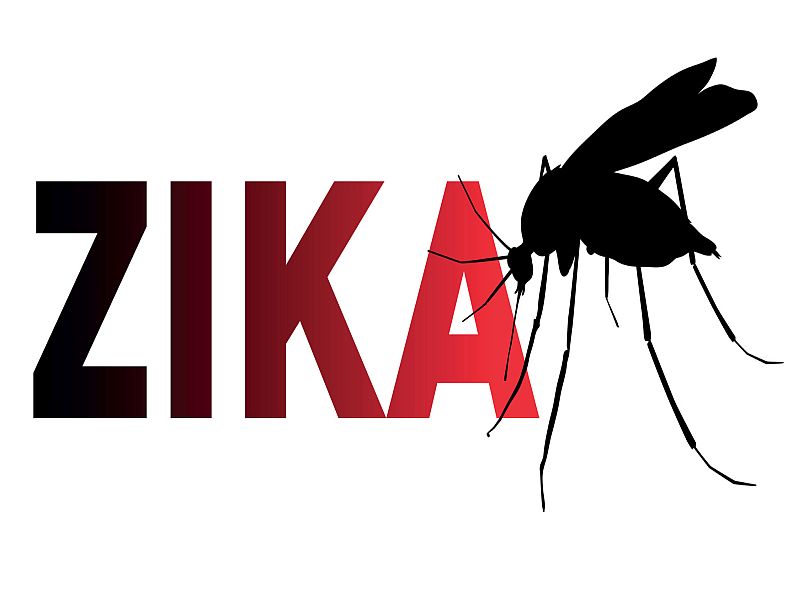
The terrible start defects because of Zika virus appear to be the end result of an immune machinereaction that triggers prenatal mind cell suicide and obstructs fetal mind development, a new lab look atreports.
The virus reputedly turns on an immune receptor called TLR3, which the body uses to pick out andprotect in opposition to invading viruses, said lead researcher Tariq Rana. he is a professor of pediatrics and genetics at the university of California, San Diego.
The hyper-activated TLR3 then proceeds to show off genes that fetal stem cells need to specialize into braincells, and appears to switch on genes that trigger cellular suicide, Rana stated.
“we all have an innate immune gadget that advanced specifically to combat off viruses, but here the virus turns that very equal protection mechanism in opposition to us,” Rana explained. “with the aid ofactivating TLR3, the Zika virus blocks genes that inform stem cells to become the numerous componentsof the brain.”
these findings assist give an explanation for how Zika reasons microcephaly, an abnormally small mindand cranium development, and other neonatal mind–related start defects, Rana stated. they also showwhy there may be no similar impact in adults, on the grounds that their brains are already completelyevolved.
there’s also exact news for the potential prevention of mind start defects because of Zika. Rana and hiscrew efficiently blocked this procedure in laboratory stem mobile samples by the use of a chemical that inhibits the motion of TLR3.
A drug that adequately blocks TLR3 could likely shop toddlers from start defects if given to Zika-inflamedladies for the duration of the early ranges of pregnancy, he said.
“If some mother comes into the clinic and the medical doctor thinks there’s a Zika contaminationmounted, you can give this med, and once the primary trimester is completed, you could take them off the med,” Rana recommended.
Zika is the first mosquito-borne virus ever demonstrated to motive beginning defects, in step with the U.S. centers for sickness control and Prevention.
To parent out why this happens, Rana and his crew used human embryonic stem cells to create a laboratoryversion of a primary-trimester human brain, also called a “cerebral organoid.” The model‘s stem cells weredesigned to specialize and develop into the various special cells within the brain, an awful lot the same as they do in the course of a fetus’ first trimester.
Researchers then infected their model with Zika and observed that a developing brain shrinks whenexposed to the virus.
5 days after contamination, Zika-inflamed organoids had reduced in length by a median sixteen percent, the researchers discovered. by way of contrast, healthy brain organoids in a manage sample had grown a median of twenty-two.6 percentage.
Rana’s team noticed that the TLR3 gene were activated in the Zika-infected version brains.
TLR3’s job is to sense viruses and spark off an immune reaction. but the researchers observed TLR3 activation stimulated 41 genes in the fetal brain and prompted a disastrous chain-response that eachinduced cells to die off and interfered with stem cells’ capacity to develop into exceptional brain cells.
with the aid of including a chemical TLR3 inhibitor, Rana’s team located they may in part shielddeveloping brain cells against Zika, even though the virus nevertheless wound up performing somedamage to their version mind.
Rana stated this studies has most effective been performed in human and mouse cells, and needs to be replicated in actual organisms before it can be used to create any therapy to counter Zika.
however infectious ailment expert Dr. Amesh Adalja known as the work an “elegant take a look at thatbegins to unravel how Zika is able to causing microcephaly in the growing fetus.”
Adalja, a senior associate with the college of Pittsburgh clinical middle‘s middle for health protection,said, “We had acknowledged previous to this have a look at that Zika had the capability to infect neural progenitor cells and purpose damage.”
With this study, he introduced, “we now have an elucidation of 1 mechanism that the virus uses, TLR3. This discovery opens up avenues for similarly understanding of the whole cascade of adjustments in gene expression which can be because of Zika infection.”



